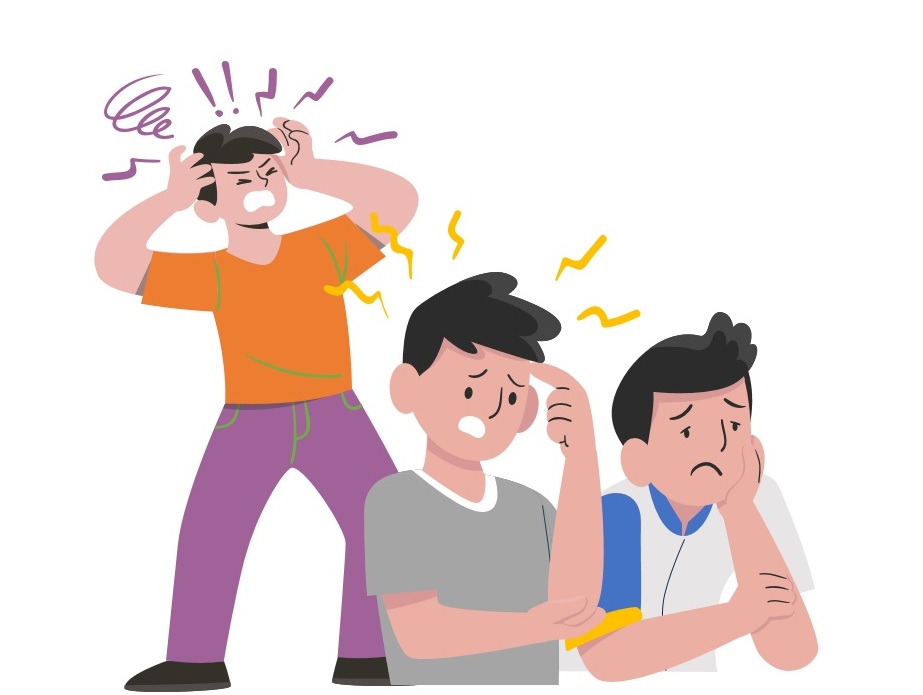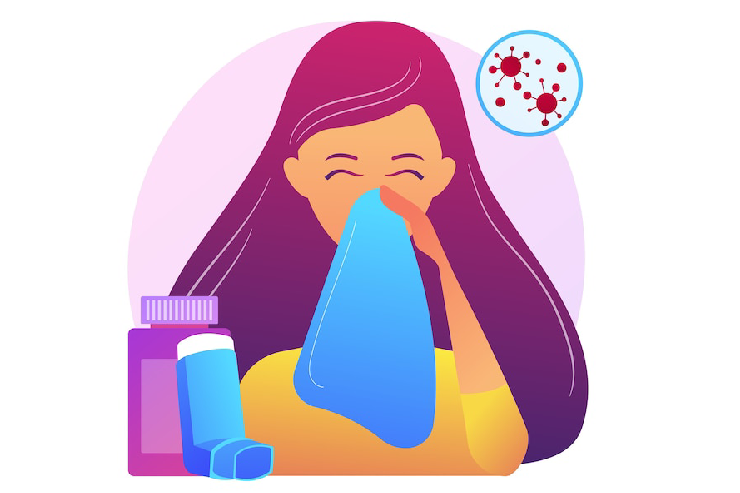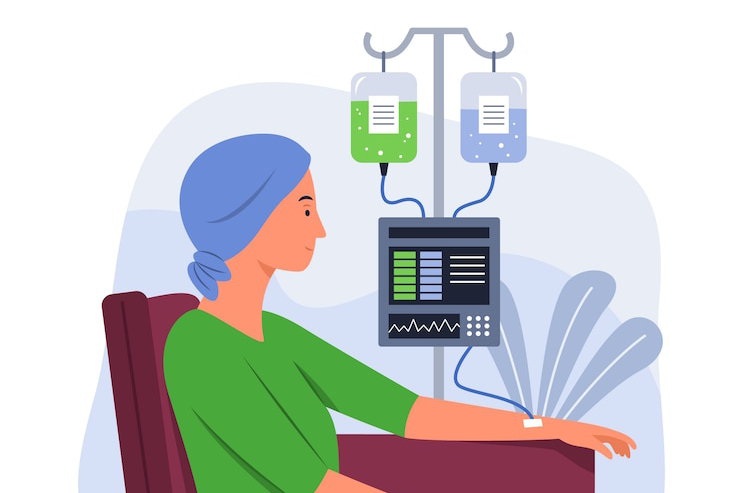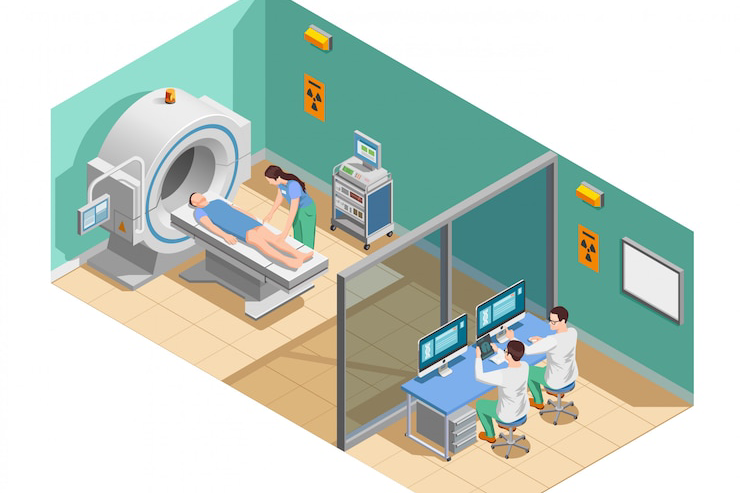
Understanding and Managing Migraines: Causes, Symptoms, and Relief Strategies
Introduction:
Migraines are more than just bad headaches—they can be debilitating neurological events that affect millions worldwide. This blog explores why migraines occur, how to recognize them, and evidence-based strategies to reduce migraine pain.
Why Migraine Occurs:
Migraines are believed to result from abnormal brain activity affecting nerve signalling, chemicals, and blood vessels in the brain. Genetic factors play a significant role, as about 40% of sufferers have a family history of migraines. Changes in brainstem activity and interactions with the trigeminal nerve—a major pain pathway—are also implicated. Hormonal fluctuations (especially in estrogen), stress, certain foods, sleep irregularities, and sensory stimuli (bright lights or strong smells) can trigger these neurovascular events.
Key Point: Migraine is a complex genetic and neurovascular disorder, not simply a bad headache.
What Are the Symptoms of Migraine?
Migraines typically progress through four phases—prodrome, aura (in some), headache (attack), and postdrome—but not everyone experiences every stage.
- Prodrome (Hours to Days Before): Mood changes, food cravings, neck stiffness, increased thirst or urination, and frequent yawning.
- Aura (Optional; Minutes Before Headache): Visual disturbances (zigzag lines, blind spots), sensory symptoms (tingling in face or hands), or language disturbances (slurred speech). About one-third of migraineurs experience aura.
- Headache (Attack Phase): Intense, throbbing or pulsating pain—often one-sided—accompanied by nausea, vomiting, and sensitivity to light, sound, or smells. Physical activity typically worsens the pain.
- Postdrome (After the Pain): Fatigue, difficulty concentrating, and residual neck pain or mood changes lasting up to a day.
Did You Know?
Some people skip the headache phase and experience only aura or prodrome symptoms.
How to Reduce Migraine Pain:
Effective migraine relief combines acute treatments, lifestyle adjustments, and trigger management:
- Acute Treatments: Over-the-Counter Medications: NSAIDs like ibuprofen or naproxen and acetaminophen can abort mild to moderate attacks. Naproxen often provides longer relief, while acetaminophen is gentler on the stomach. Triptans: Prescription drugs (e.g., sumatriptan) that constrict blood vessels and block pain pathways; effective for moderate to severe attacks. Anti-emetics: If nausea is severe, medications like metoclopramide can help control vomiting and improve absorption of oral painkillers.
- Home and Lifestyle Remedies: Find a Quiet, Dark Space: Reducing sensory input can lessen the intensity of an attack. Lie down and practice slow, diaphragmatic breathing to relax muscles.
- Cold Compresses: Applying an ice pack or cool cloth to the forehead or neck can constrict blood vessels and dull pain signals.
- Find a Quiet, Dark Space: Reducing sensory input can lessen the intensity of an attack. Lie down and practice slow, diaphragmatic breathing to relax muscles.
- Hydration and Electrolytes: Dehydration is a common trigger. Sip water or an electrolyte solution to maintain balance.
- Caffeine (In Moderation): Small amounts of caffeine can enhance the effectiveness of analgesics, but excessive use may backfire by triggering rebound headaches.
- Scalp Massage and Acupressure: Gentle pressure on temples, neck, and shoulders can relieve muscle tension and improve circulation.
Preventive Strategies:
When to See a doctor:
If migraines occur more than four times a month, severely impact daily life, or do not respond to over-the-counter treatments, consult a healthcare provider for evaluation of prescription preventives (e.g., beta-blockers, anticonvulsants, CGRP inhibitors). Migraines arise from complex neurovascular and genetic factors, manifesting through distinct phases and symptoms. While acute treatments like NSAIDs and triptans offer rapid relief, lifestyle modifications and home remedies play a crucial role in long-term management. By identifying personal triggers and adopting preventive habits, many migraine sufferers can significantly reduce the pain and disruption these attacks cause. Remember, if migraines are frequent or disabling, professional medical advice is essential to tailor an optimal treatment plan. .



